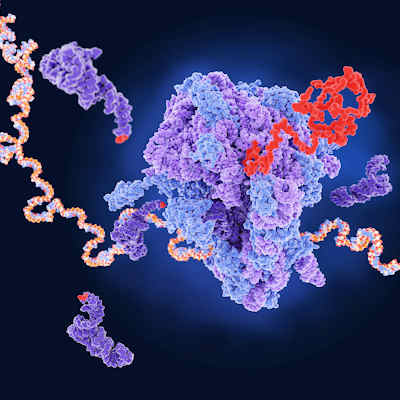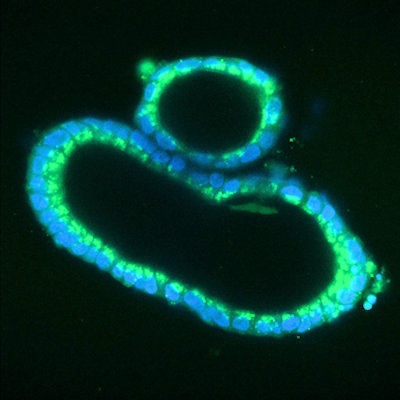December 14, 2021 -- An international team has developed a new gene writing technology called find cut-and-transfer (FiCAT) that is able to make large gene insertions. The approach, published in Nature Communications on December 3, has potential gene editing and gene therapy clinical applications in patients with genetic and oncological diseases who have few treatment options.
There is a need for gene-editing systems that can handle an increased range in size capacity for base deletions for certain pathological genetic defects. Previously published approaches such as homology-independent targeted integration and Sleeping Beauty transposases are on the right track, but are either unavailable for use in mammalian cells or lack the necessary precision requirements.
"Human genome engineering has significantly progressed in the last decade with the development of new editing tools, but there was still a technology gap that would allow therapeutic genes to be transferred efficiently with few size limitations," said Marc Güell, PhD, study supervisor at Pompeu Fabra University (PFU) in Barcelona, Spain, in a statement.
To address this gap, researchers from PFU developed an efficient and precise programmable gene delivery technology based on an engineered Cas9-piggyBac fusion protein with the ability to deliver both small and large payloads. The system combines modified CRISPR-Cas proteins and engineered piggyBac transposase (cut-and-transfer module), according to the researchers. In the system, Cas9 finds and marks the genomic insertion point while PiggyBac transposase functional provides increased on-target integration and reduced off-target events. (Nat Commun, December 3, 2021)
To assess the performance of the FiCAT system, the researchers created a sensitive reporter system for targeted gene insertion based on the reconstitution of fluorescent protein open reading frame upon on-target integration.
"FiCAT technology allows us to precisely insert large fragments of DNA into the genome," Avencia Sánchez-Mejías, PhD, a senior postdoctoral researcher, commented. "This means we can develop therapeutic solutions to diseases that currently have no treatment, such as Duchenne muscular dystrophy, or some cases of hereditary blindness, in which the affected gene is large in size."
To demonstrate efficient delivery and programmable insertion of small and large payloads, the team performed targeted gene delivery in in vivo mouse livers using human (Hek293T and K-562) and mouse (C2C12) cell lines. The results suggest that the gene insertions were efficient and sustained over time.
Lastly, a combination library of 17 piggyBac amino acid variants were tested to further improve FiCAT's on-target activity. With these variations, the researchers found that some of them resulted in efficiency improvements of up to 25% to 30%.
"We have been progressively modifying enzymes so that they acquire the function we were looking for, selecting the ones that displayed a better function," said Dimitrije Ivančić, co-first author of the article. "Our work is a clear example that enzyme engineering in the context of genome editing has great potential."
Importantly, UPF scientists found that the system acts irreversibly and scales well with payload size. The team is working on preclinical proof of concept studies for the delivery of FiCAT with lipid nanoparticles.
UPF has transferred the FiCAT technology to a spinout company, Integra Therapeutics, which was founded in 2020 by Güell and Sánchez-Mejías. The company has received 4.5 million euros ($5.1 million) in funding from Advent France Biotechnology, Invivo Capital, and Takeda Ventures, to advance the technology and reach patients.
Do you have a unique perspective on your research related to synthetic biology? Contact the editor today to learn more.
Copyright © 2021 scienceboard.net









